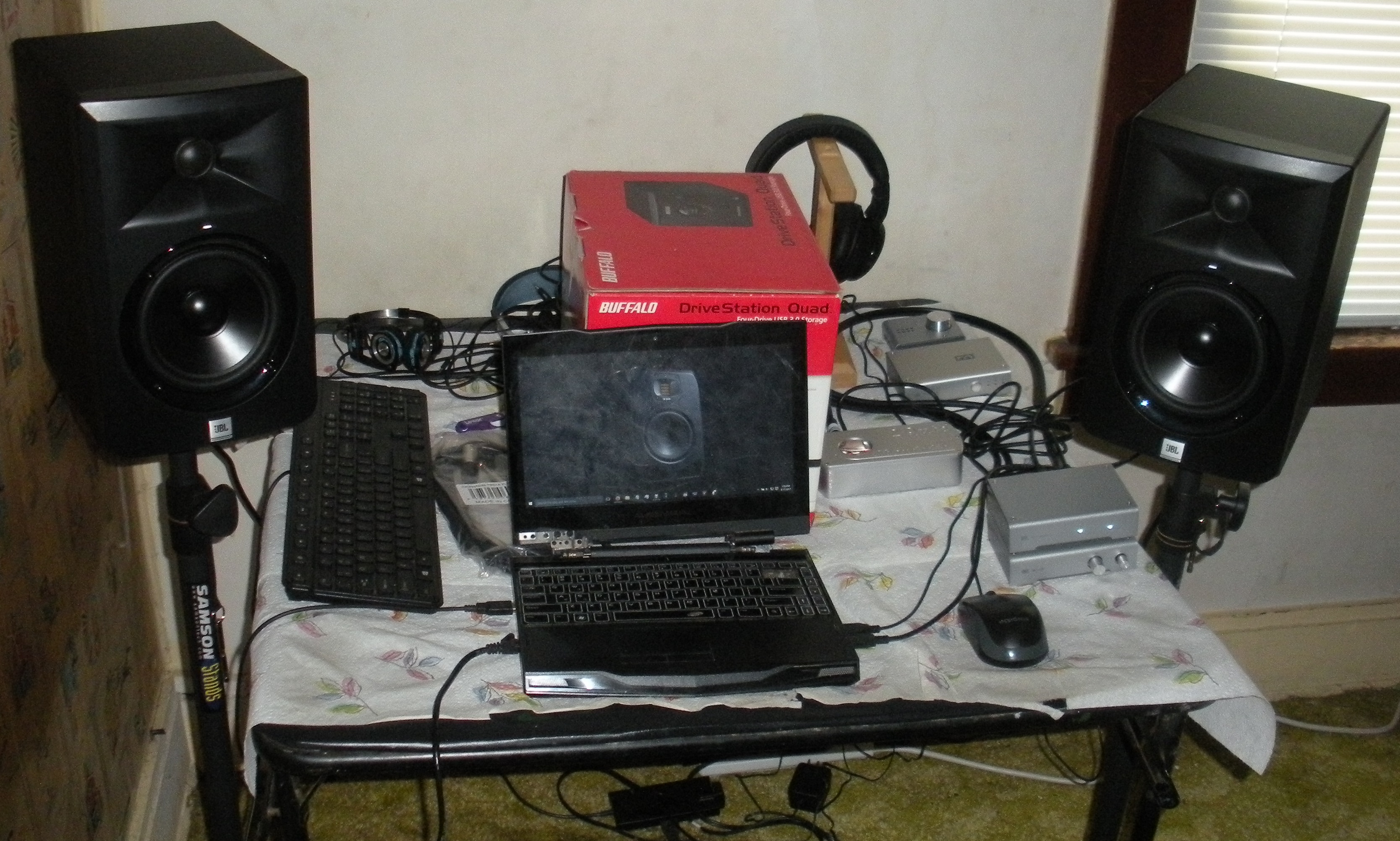gregorio
Headphoneus Supremus
- Joined
- Feb 14, 2008
- Posts
- 6,804
- Likes
- 4,077
[1] I'm not here to argue with you, by all means educate those that are interested. But by no means am I of any significant relevance in solving the issue you have with audiophiles.
[2] You take issue with an irrelevant random strangers exhuberance with the new speakers he bought, studio monitors, because he was inspired by professionals ...
[3] We are here because we enjoy music and are fascinated by the science and artistry.
[4] Perhaps one day, you too will rediscover the youthful exhuberance you once had and not harbour a grudge with those that never lost it.
1. You started your post (#262) trying to make yourself look big/superior by lying about and insulting "pro audio guys", implying we don't care much about sound quality compared to discerning audiophiles like yourself. I challenged that lie/insult (and your continued litany of other utter nonsense) and now you're acting like I'm a big insensitive bully picking on you, the poor "insignificant" victim?!
2. If that isn't just another lie and you really were "inspired by professionals", then why would you insult/lie about them and make yourself out to be superior audiophile? If you really were "inspired by professionals" then why are you acting completely the opposite of professionals? Why are you focusing on the specifics of monitor construction rather than their actual performance in your acoustic space, why aren't you using your professional nearfield monitors as professionals would and why are you making utterly ridiculous statements and comparisons which no professional would?
3. Who do you think is responsible for employing the science and creating that artistry? And, if you really were "fascinated by the science" then you'd make some effort to understand it, instead of ignoring, perverting and/or just cherry-picking the bits of it which suit your agenda! It appears that like all extreme audiophiles, you are not in it for the enjoyment of music, for it's artistry and certainly not the science, you're in it for the audio equipment and you'll happily sacrifice the music, along with it's artistry, fidelity and the science to that end!
4. I do still have some exuberance for audio equipment and even some for the specifics of it's construction but most of my exuberance is focused on the artistry of the music/audio itself. If I do "harbour a grudge", it's for those who have lost or never had a "youthful exuberance" for music/audio and the science and artistry and instead, their "youthful exuberance" is restricted to their audio equipment and feeling/communicating their superiority over those who do!
For anyone else still reading; good professional nearfield monitors are good when used for what they were designed for: As nearfield monitors for professionals (IE. In a professional nearfield monitoring environment)! They are not so good when used for a task they were not designed for, such as: Not nearfield, if looking for anything other than an accurate/clinical sound and/or if used in an inappropriate acoustic space. None of this really matters to the more extreme (or aspiring) audiophiles though, because just owning a pair of mid priced "professional nearfield studio monitors" is enough and makes them feel a step above/superior, regardless of the monitors' suitability for the task or actual performance in situ! Comparisons and descriptions of performance in such situations are typically worse than worthless, IE. Massively misleading!
G




















